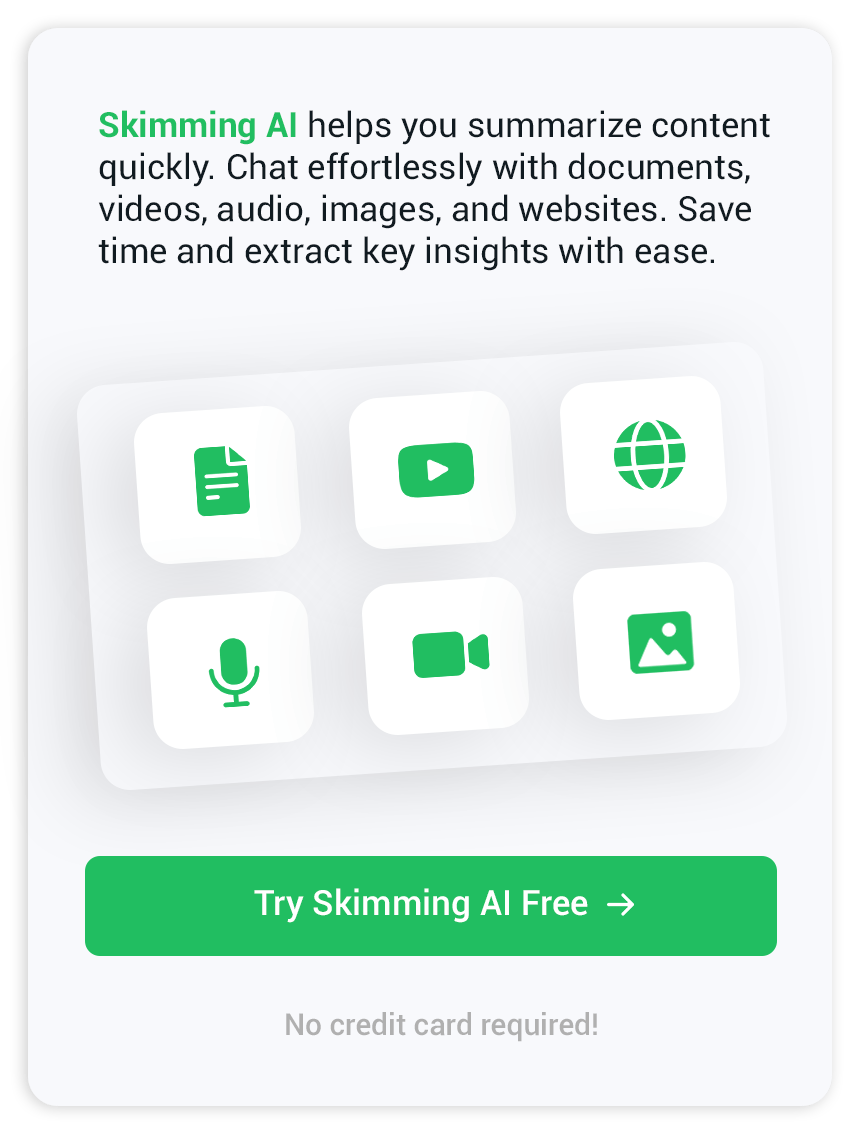Meeting transcription made simple – fast, searchable, shareable notes
The everyday challenge of meeting transcription
Whether you are in the middle of a brainstorming call, running a project catch up, or simply attending a virtual workshop, one detail tends to get in the way of focus: keeping track of everything discussed. Manually jotting down notes is tiring and error prone, and asking someone to type out word for word what happened in each meeting is rarely realistic. As meetings multiply and teams go remote, automating meeting transcription has become more and more important for many organizations and individuals.
What does it mean to automate meeting transcription?
Automating meeting transcription means recording the conversation and converting it into written text using a digital tool or platform. For most people, it is not just about using a microphone and a recorder. Instead, it involves sending your meeting’s audio file through software that understands natural speech, turning what was said into readable content. With recent advances, audio analysis tools now process spoken conversations quickly so that users receive transcripts soon after the meeting ends.
Key steps to automate the process
Here is how automated transcription can typically fit into your workflow:
- Record your meeting. Most web meeting platforms have a built in record button. Tap it at the start, and remember to inform participants for privacy and transparency.
- Obtain the audio or video file. After the meeting, download the recording to your device or cloud storage. Video calls usually create both video and audio formats.
- Upload the recording to a transcription tool. This step is where specialized platforms come in. For example, you can use a service that lets you analyze audio files directly, extracting the spoken content and converting it to text.
- Review and edit the generated transcript. Every automated process benefits from a human double check. Skim the transcript for clarity and any misheard names or technical terms.
If you use video recordings, tools that allow you to analyze video can save you the step of extracting the audio separately. This simple workflow has become the standard for many teams, making notetaking almost invisible during meetings themselves.
What to look for in a meeting transcription tool?
Not every platform is created equal. Some work directly in your web browser, others require software downloads. One feature handy for recurring meetings is the option to store and summarize audio content. This is useful when you do not need a full transcript each time, but simply the main discussion points or action items.
Flexibility matters for teams who collaborate across countries and languages. Modern solutions often handle multiple speakers and accents, though results do depend on audio clarity and meeting environment. Background noise and overlapping voices remain common stumbling blocks, so for best results aim for clear audio and single speaker turns whenever possible.
Why automate instead of transcribing by hand?
Teams that automate meeting transcription find it easier to revisit project decisions and share knowledge with those who could not attend. Transcripts lend themselves well to quick reference, onboarding new members or even generating project documentation. Productivity platforms now connect these transcripts to other tools, such as document search, brainstorming with text, or even integration with knowledge bases. Some platforms including our own provide options to ask questions about documents and media, expanding the value of each meeting record without extra effort.

